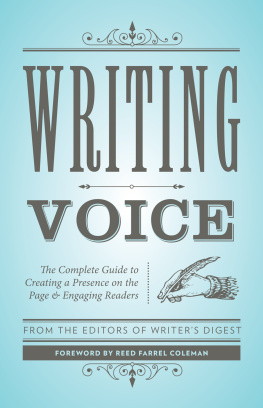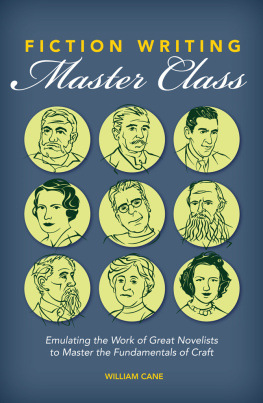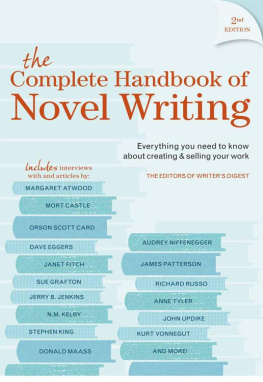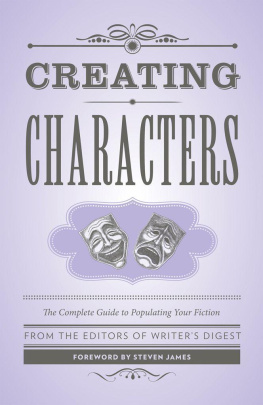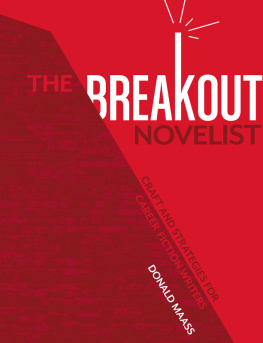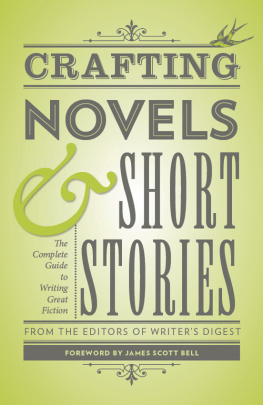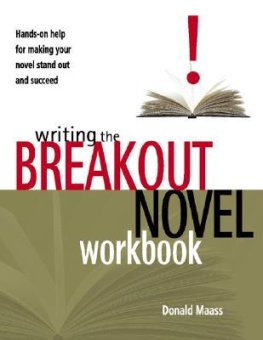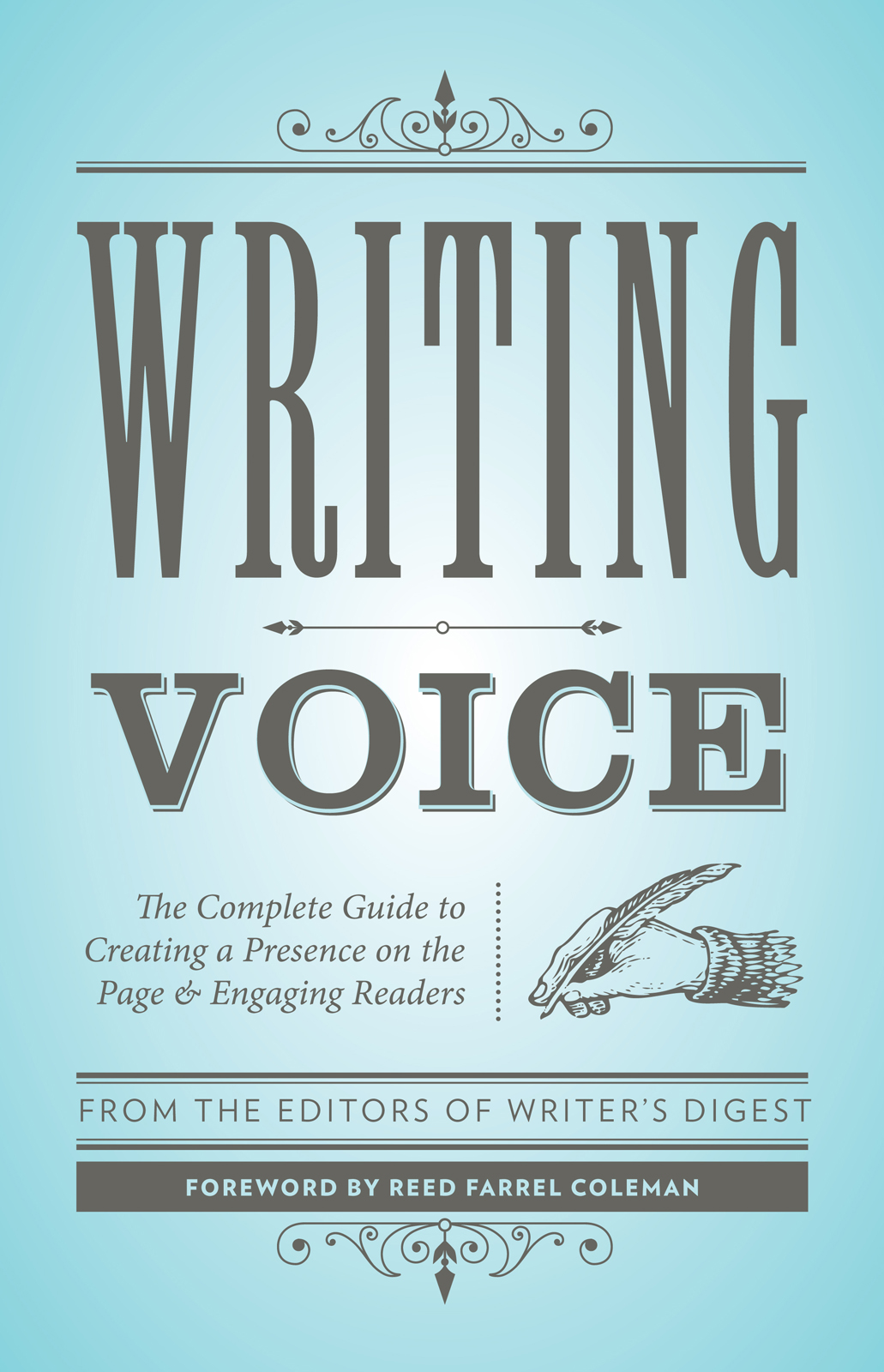Contents
Guide
WRITING
VOICE
The Complete Guide to Creating a Presence on the Page & Engaging Readers

WritersDigest.com
Cincinnati, Ohio
FOREWORD
BY REED FARREL COLEMAN
If it works, it works.
Ive been called the ultimate pantser by my colleagues. Pantser? A pantser is a writer who works without a net: no outline, no story arc, no series arc, no character bios. Just an idea. Many authors work this way. Stephen King, for example. Others, like James Patterson, dont. But as a former adjunct instructor of English at Hofstra University and as a founding member of Mystery Writers of America University, I have never suggested that my process is the right and only path to success. My philosophy, in terms of process and style, has always been that if something works, it works. It seems self-evident, I know. The trick is that you dont know if something works until you try it out, and thats the rub: getting the opportunity to find your way.
When, in 1987, I sat down to write a novel, I had never written a long-form piece of fiction in my life, though several of my college professors might disagree. Many would claim that my term papers were largely works of fiction. That said, I struggled mightily for two and a half years to produce the manuscript for what would be my first published novel. As an inexperienced writer of fiction, one of my most difficult hurdlesand there were manywas finding my authorial voice. Ive often said that I used my first three novels to teach myself the bare minimum of craft.
The publishing landscape today is a very different one than existed back in the late 1980s. It is always evolving, and today the rate of its evolution is alarming. These days, writers setting out to work on their first booksfiction, memoir, nonfictiondont often have the luxury of a three-book contract to learn their craft, to discover their unique voice, and to get it right. Even those writers talented and fortunate enough to place their manuscripts with publishing houses, large or small, are not usually afforded more than one or two books to get it right and to sell in sufficient numbers to justify another contract.
Thirty years and twenty-four series and stand-alone novels later, I have the benefit of perspective. What I see is that if I were starting out today, I would do things differently. Keep in mind that writing is an art, but publishing is a business, and there is an ever-changing and blurry line where they intersect. Given the realities of the current marketplace, I wouldnt dare risk trial and error as a means of developing my voice or getting published. In todays atmosphere, I would take advantage of books on the market designed to save me from making many of the errors I made early on. Thats why I wholeheartedly endorse and recommend Writing Voice: The Complete Guide to Creating a Presence on the Page and Engaging Readers.
I have had the good fortune of serving as executive vice president of Mystery Writers of America. While I served in that capacity, the great Janet Evanovich was our president. I remember listening to Janet give sage advice to other writers and one thing she said has stuck with me ever since. Im paraphrasing here, but, essentially, she said an authors voice mattered above all else. That presence on the page and a unique, recognizable voice was absolutely crucial.
With that in mind, I would point to four essays in particular, contained within the covers of this book: Adair Laras excellent piece on finding your voice for memoir, Gabriela Pererias section on how the authorial voice can work on several levels, Paula Muniers contribution dealing with specific voices for specific genres, and James Scott Bells revealing and informative analysis of the tension and balance between voice and style. These people not only know what they are talking about, but they also present it in a way that will enable you to absorb and adapt it for your own writing.
Like I said, if it works, it works. And, if you want it to work, give yourself every advantage you can. Learn from those who have been here before you and have made the errors so you wont have to.
REED FARREL COLEMAN, called a hard-boiled poet by NPRs Maureen Corrigan, is the New York Times best-selling author of Robert B. Parkers Jesse Stone series. He is also the author of his own Gus Murphy series for Putnam. He has published twenty-four series and stand-alone novels, several short stories, poems, and essays. Reed is a three-time recipient of the Shamus Award for Best PI Novel of the Year and a three-time Edgar Award nominee in three different categories. He has also won the Macavity, Audie, Barry, and Anthony awards. He is a former Executive Vice President of Mystery Writers of America, a founding member of MWA University, and a former adjunct English instructor at Hofstra University. He lives with his family on Long Island.
INTRODUCTION
A writers voice is unique; his voice is his own. A voice isnt developed over night, but is crafted painstakingly over the course of years, or maybe an entire career. A voice stands out in a crowd, and is the reason we can recognize one writer from another. And some will argue that without a strong voice, youre going nowhere as an author. Its the basis of good writing.
Yet, voice has always felt, inherently, like one of those things that cannot be taught. Like creativity, a writer either has that unique talent or not.
Thats where this book comes in. Writing Voice is meant to be a comprehensive guide for developing a voice for your prosewhether youre crafting a novel, a short story, a memoir, or an article for a specfiic publication. Its a guide that will shatter the notion that voice cannot be taught.
Every chapter brings a unique angle to voice, compiling the very best advice and instruction from top writers, editors, agents, and other professionals in the industry. Whether youre just getting started with writing, or have been toiling for years, youll find something to develop your craft in this book.
LIFT YOUR VOICE
Each part of this book will show you the importance of crafting a strong, unique voice for your writing, while offering techniques and perspective on the best way to stand out. Using these tips from the experts, youll learn exactly what voice isright down to the gritty detailsand how to create your own.
- Part I introduces voice, providing an explanation of what it is, and setting a foundation for you to begin exploring the unique style of your writing.
- Part II shows you how to create your voice, covering the perspective of an agent on the importance of the subject, and detailing the styles and voices of famous writers.
- Part III details the nuances of voice, including the differences between voice and style, developing a tone, and the importance of word choice in your writing.
- Part IV delves into the specifics of voice in fiction, such as crafting a perfect point of view, matching your voice to your genre, and creating a unique narration style.
- Part V helps you with your nonfiction voice, focusing on ways to give your subject depth, making your voice personal, and developing a style for memoir.
Each of these sections is packed with information and advice for developing the voice you need as a writer.
Theres something in this book for everyone. The seasoned writer might find a new way to refresh her voice and open the door to new readers. The beginning writer can understand exactly what it takes to craft compelling prose that keeps the reader turning pages. Start with page one and work your way through each chapter, or pick a topic to assist you in your current work, right nowwhatever method you choose, this book will give you a complete picture of the importance of voice.

